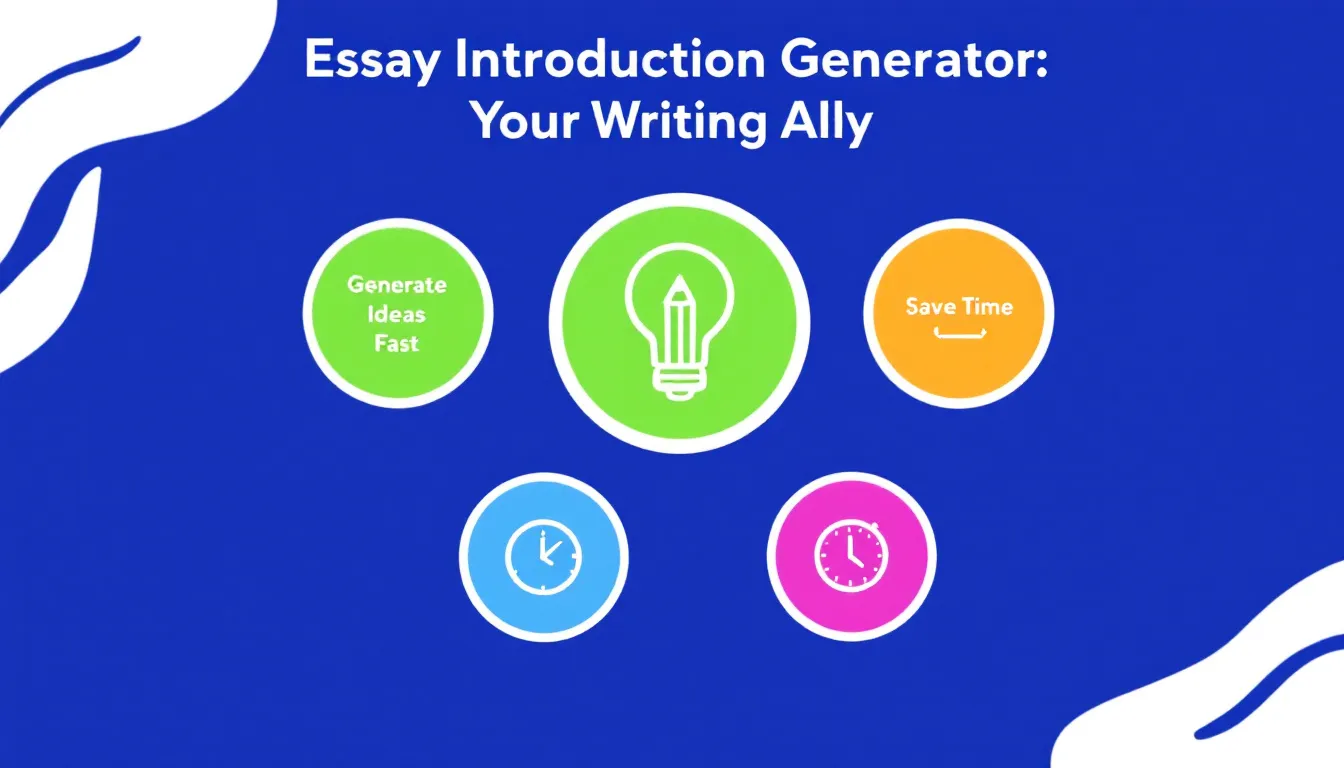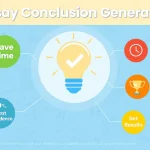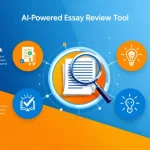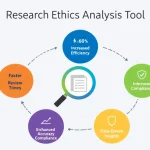Is this tool helpful?
How to use the tool
- Fill “Essay Topic”
Example 1: The ethics of gene-editing in agriculture
Example 2: The economic fallout of remote work on city centers - Add your thesis
Example 1: CRISPR crops can boost yields while raising unresolved safety concerns
Example 2: Remote work drains urban tax bases, demanding new zoning incentives - (Optional) Specify style—type APA 7, MLA 9, or a journal guide.
- Press “Generate Essay Introduction”—the API (action = process_llm_form) returns a structured paragraph with a hook, context, and your thesis.
- Copy & paste the text into your document and adjust voice or citations to match your brief.
Quick-Facts
- Introductions typically run 5-10 % of total length (Purdue OWL, https://owl.purdue.edu).
- Readers decide whether to continue within 20 seconds of opening text (Nielsen Norman Group, 2020).
- APA 7 recommends a clear thesis near the end of the first paragraph (APA Manual §3.4).
- Average first-year student spends 18 minutes drafting an introduction (Stanford Study of Writing, 2019).
FAQ
What is the Essay Introduction Generator?
The generator is an AI API that builds a custom introduction from your topic and thesis, returning HTML with a hook, context, and thesis sentence (OpenAI API docs, 2023).
How does the tool structure an introduction?
It follows a three-step pattern: attention-grabbing hook, background context, precise thesis—mirroring academic writing guides (Graff & Birkenstein, 2021).
Which disciplines benefit most?
Humanities, social sciences, and business essays gain clear framing, while STEM papers get concise objectives statements (Elsevier Author Guide, 2022).
Can I request a citation style?
Yes. Enter “APA 7,” “MLA 9,” or “Chicago 17” to receive style-specific signal words and punctuation (Chicago Manual of Style §16, 2017).
Does the generator replace editing?
No. You still verify facts, tone, and source accuracy; AI drafts reduce first-draft time but not final-draft duties (IEEE Ethics Guidelines, 2021).
Is my data stored?
Inputs travel over the WordPress admin-ajax endpoint and are discarded after response, following GDPR transient-data practices (WP Handbook, 2023).
How do I refine the AI text?
Shorten sentences, add in-text citations, and tailor the hook to your audience—this maintains originality and avoids similarity reports (Turnitin Report, 2022).
What if I receive a blank response?
Check required fields, reload the page, and resubmit; persistent issues may indicate nonce expiration, so clear cache and retrieve a new token (WordPress Developer Blog, 2023).
Important Disclaimer
The calculations, results, and content provided by our tools are not guaranteed to be accurate, complete, or reliable. Users are responsible for verifying and interpreting the results. Our content and tools may contain errors, biases, or inconsistencies. Do not enter personal data, sensitive information, or personally identifiable information in our web forms or tools. Such data entry violates our terms of service and may result in unauthorized disclosure to third parties. We reserve the right to save inputs and outputs from our tools for the purposes of error debugging, bias identification, and performance improvement. External companies providing AI models used in our tools may also save and process data in accordance with their own policies. By using our tools, you consent to this data collection and processing. We reserve the right to limit the usage of our tools based on current usability factors.







